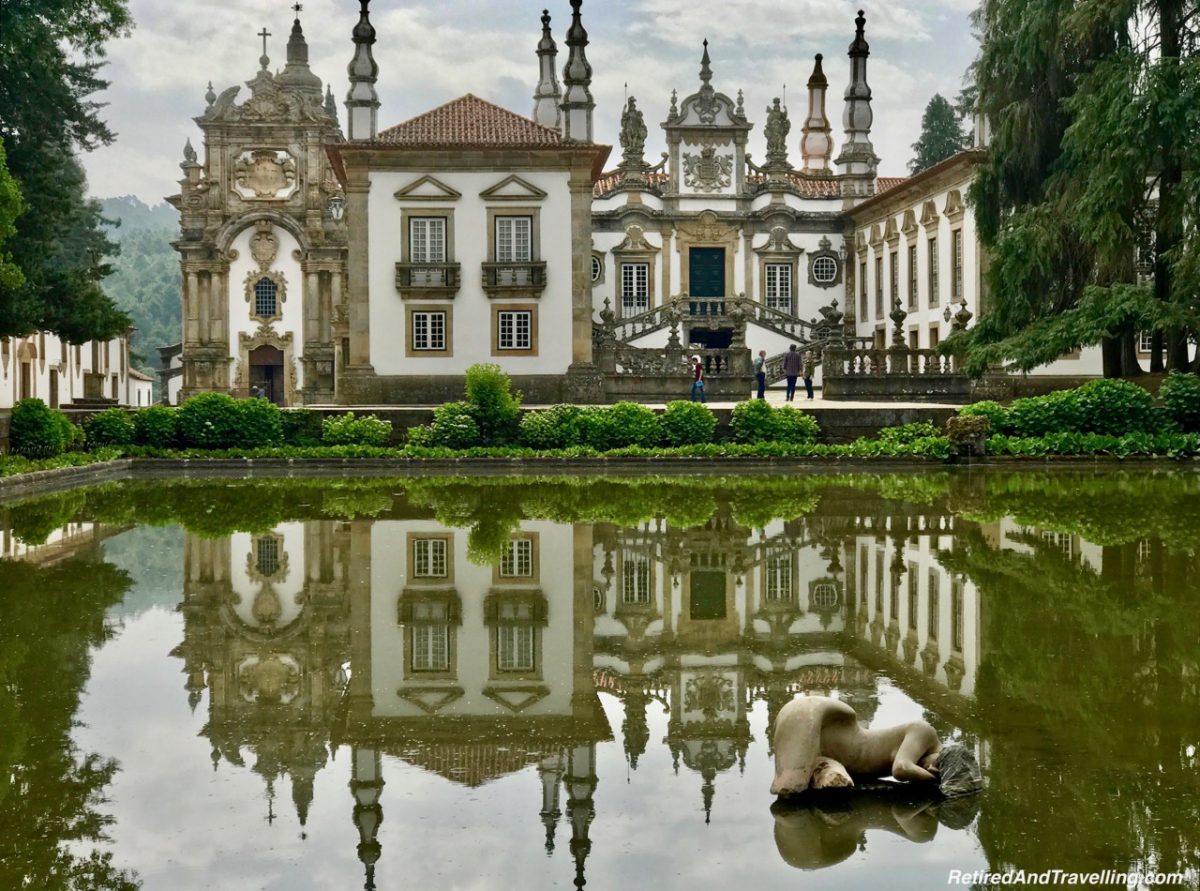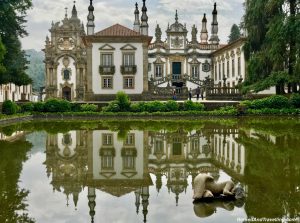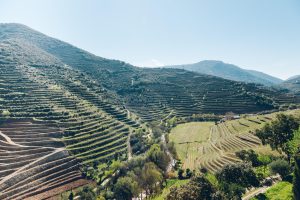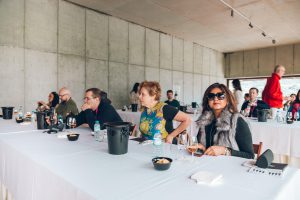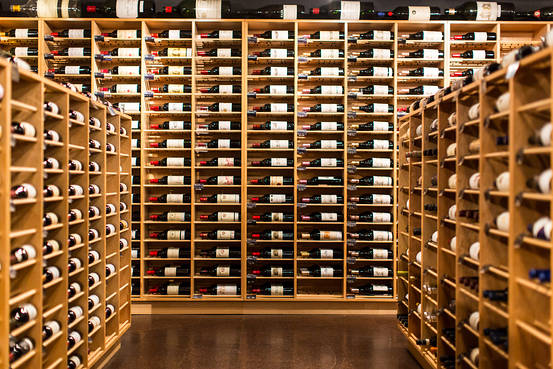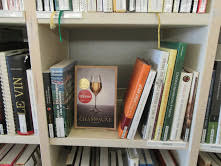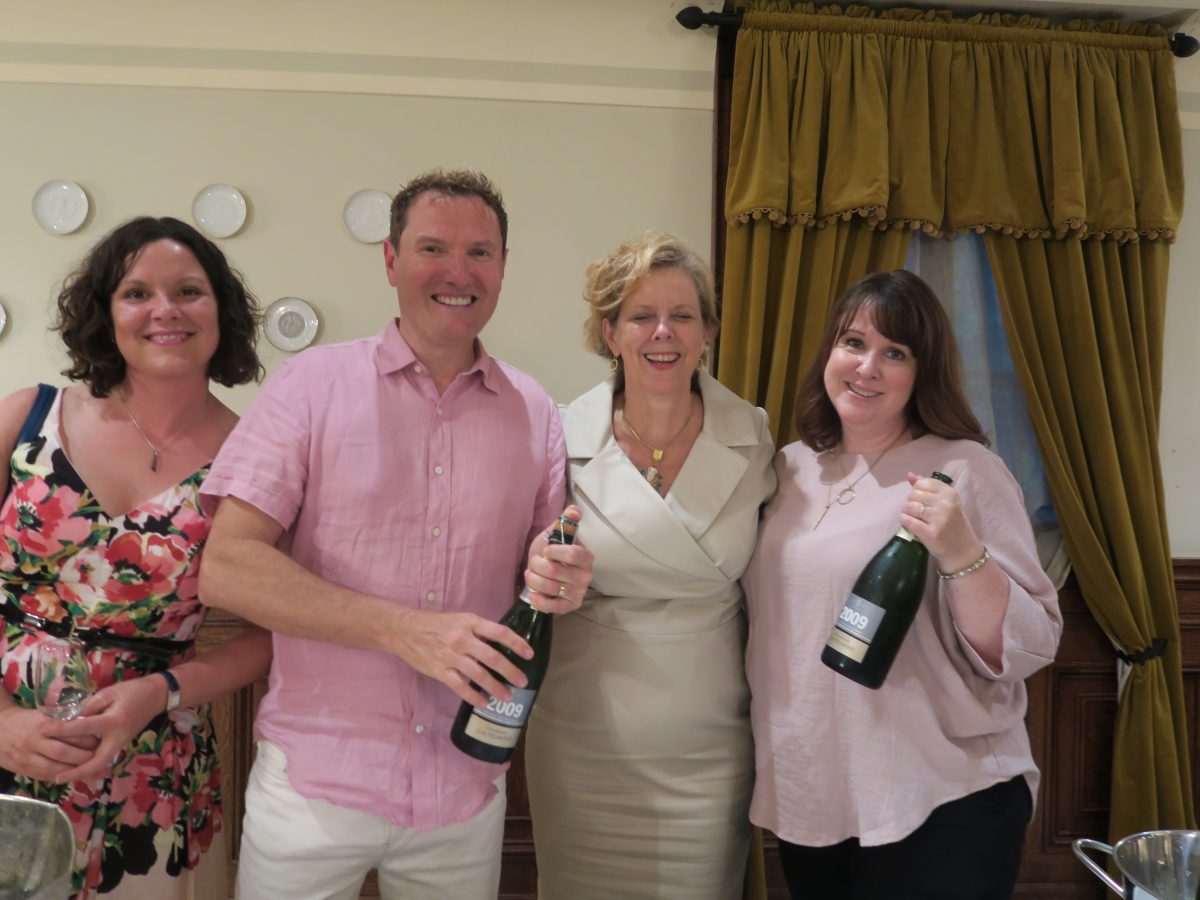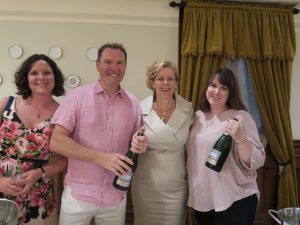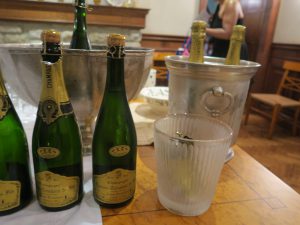This year’s theme will focus on The Business of Wine in the new Global Economy: An exploration of trends in the World of Wine.
On June 25th, George Brown College’s Centre for Hospitality & Culinary Arts brings together a renowned group of wine industry leaders for an in-depth look at The Business of Wine in the new Global Economy.
In the College’s inaugural Wine Symposium, wine writers, authors, winemakers, winery owners, restaurateurs, sommeliers, agents, enthusiasts, and students will gather for an interactive day filled with discussions, workshops, tastings, and presentations.
Speakers will take an insightful look at subjects such as innovation in the wine business, the modern-day vineyard and the digital impact on the industry. Breakout sessions offer guests master tastings lead by top sommeliers and thought-provoking discussions from the world of wine.
Keynote speaker Dr. George Soleas, President of the LCBO. Other presenters and panel discussion experts: Darryl Brooker, General Manager of Mission Hill Family Estate in British Columbia, Toronto-based Master Sommelier Jennifer Huether, and Global Wine Educator Marnie Old from Philadelphia, Liz Palmer, award-winning author and Global Wine Influencer.
When: Monday, June 25, 2018
Where: Centre for Hospitality & Culinary Arts, George Brown College
300 Adelaide Street East, Toronto
Time: 8:00am-6:30pm
Price: $175 + HST ($75 for full-time students)
Website: gbcsymposiums.ca
Pre-conference tours:
Saturday June 23, 2018: Prince Edward County
Sunday June 24, 2018: Niagara


